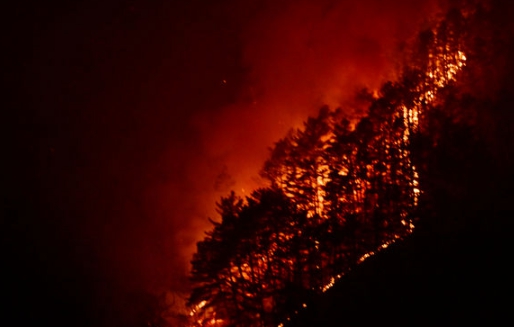
Editor’s Note:
South Korea is facing its worst wildfire crisis, with at least 28 deaths and tens of thousands displaced. This article summarizes the scale of the disaster, damage to cultural heritage, and the government’s emergency response.

South Korea is confronting its most severe wildfire crisis in history, with blazes sweeping across central and southern regions since March 21, 2025. The wildfires have resulted in at least 28 fatalities, including firefighters and a government worker, and have forced over 37,000 residents to evacuate their homes. The fires have consumed approximately 87,240 hectares of land, destroying more than 300 structures, including the historic Gounsa Temple in Uiseong, a significant cultural site dating back to the Silla Dynasty.
Efforts to contain the fires have been hampered by strong winds and dry conditions. Authorities have mobilized nearly 1,600 emergency workers, 35 helicopters, and numerous ground vehicles. Despite these efforts, containment has been challenging, with the Uiseong-Andong fire alone burning over 45,000 hectares and remaining largely uncontrolled.

The wildfires have also led to the evacuation of inmates from prisons in Andong and Cheongsong as flames approached the facilities. Additionally, the Korea Heritage Service has raised its disaster alert level to “serious,” the highest in its four-tier system, due to threats to cultural heritage sites. Evacuation orders were issued for residents near UNESCO World Heritage sites, including the Hahoe Folk Village.
Acting President Han Duck-soo has declared a state of disaster in the affected provinces and has directed all relevant agencies to utilize maximum resources for firefighting and relief efforts. The government has also allocated special disaster and safety grants totaling 2.6 billion won (approximately $2.3 million USD) to support recovery in the affected areas.
<Jayson Park Student Reporter> Chadwick School 9th Grade jaysonpark0809@gmail.com






